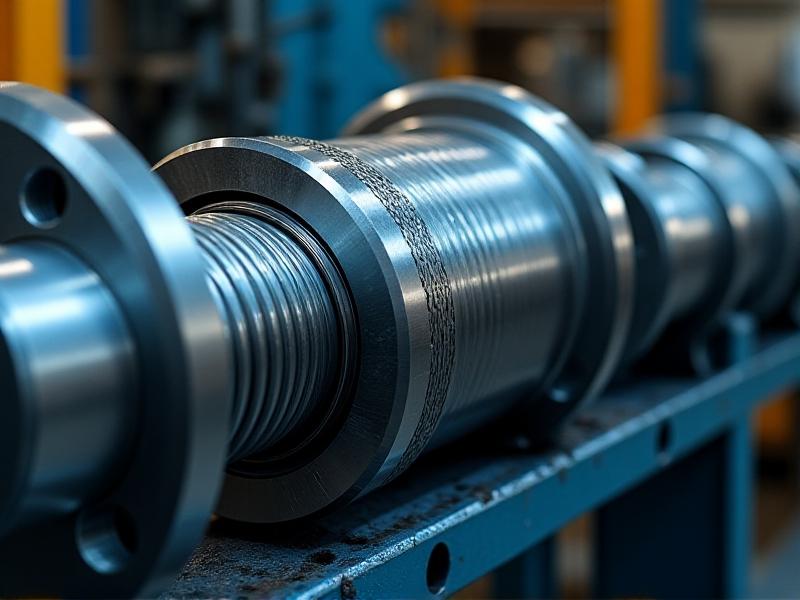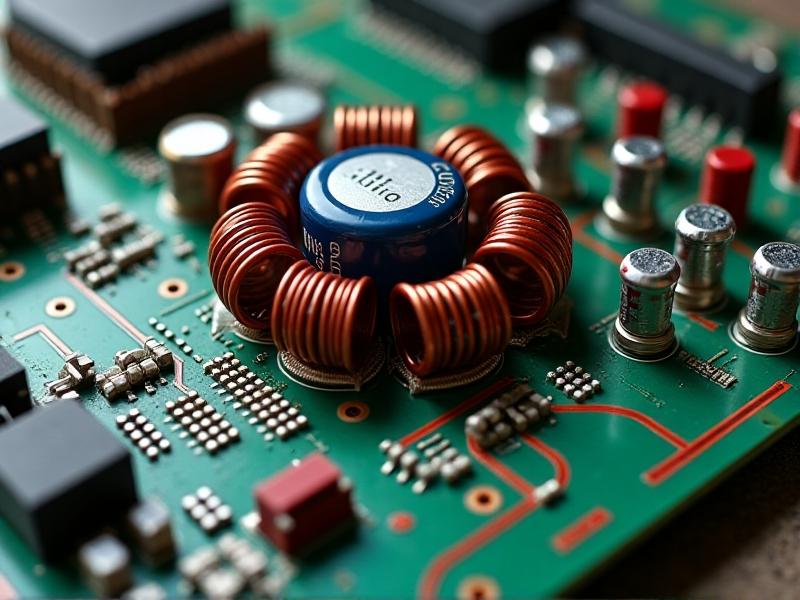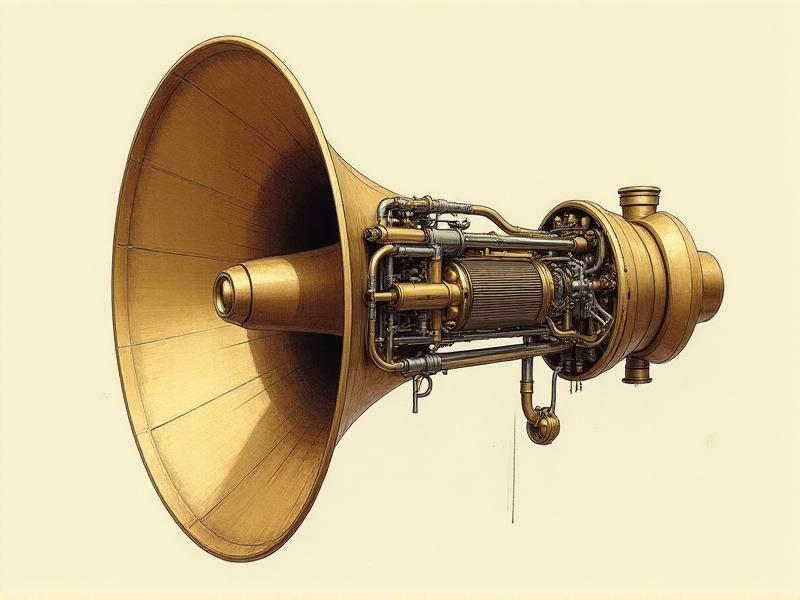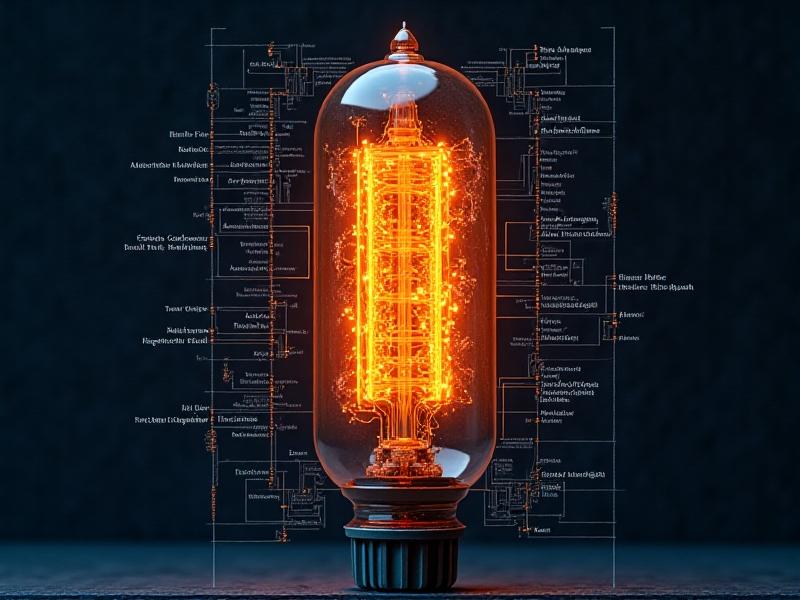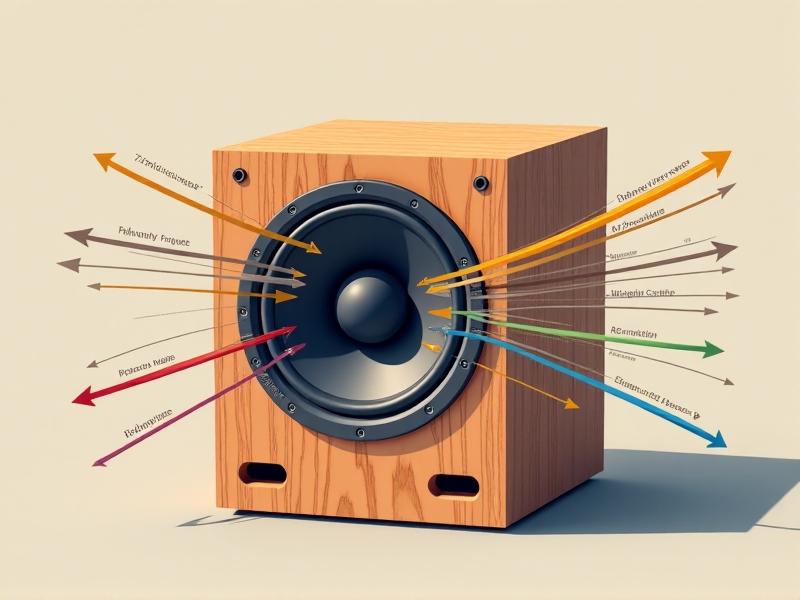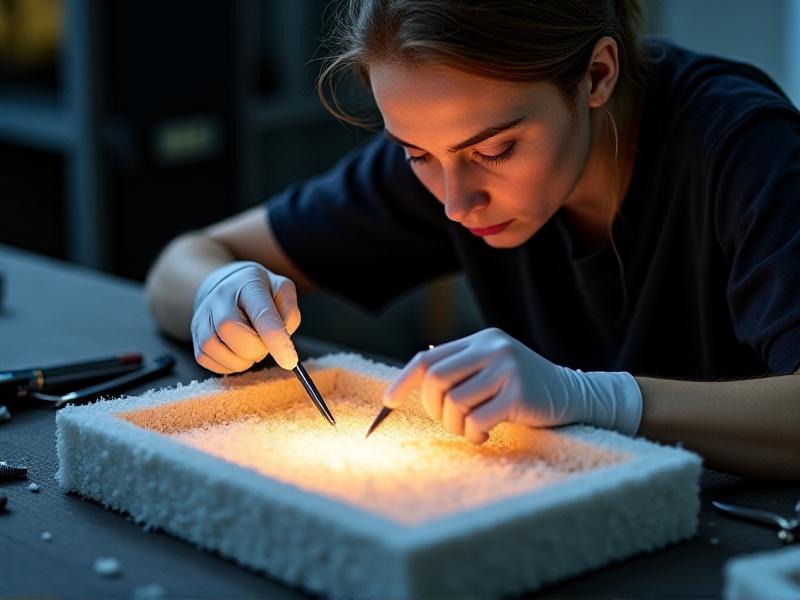Idler Wheel Rubber Reconditioning
Understanding the Role of Idler Wheels in Industrial Machinery
Idler wheels are unassuming yet critical components in conveyor systems, machinery, and automotive applications. Their primary function is to guide, support, and maintain tension in belts or chains, ensuring smooth operation. The rubber lining on these wheels serves as a cushion, reducing noise and vibration while preventing metal-on-metal contact. Over time, exposure to heat, friction, and chemical agents degrades the rubber, leading to cracks, hardening, or uneven wear. Reconditioning this rubber isn’t just about cost savings—it’s about extending the lifecycle of equipment and minimizing downtime. By understanding the mechanics of idler wheels, operators can better appreciate the value of maintaining their rubber components.

Why Recondition Idler Wheel Rubber Instead of Replacing It?
Replacing idler wheels entirely may seem like a straightforward solution, but reconditioning the rubber offers significant advantages. First, it’s cost-effective: purchasing new idler wheels can be 50–70% more expensive than refurbishing existing ones. Second, reconditioning reduces waste, aligning with sustainability goals. Third, downtime is minimized—many reconditioning processes can be done on-site without dismantling entire systems. Additionally, high-quality reconditioning can restore rubber to near-original performance, ensuring consistent grip and shock absorption. For industries operating legacy machinery, finding exact replacements can be challenging, making reconditioning the only viable option to maintain operational continuity.
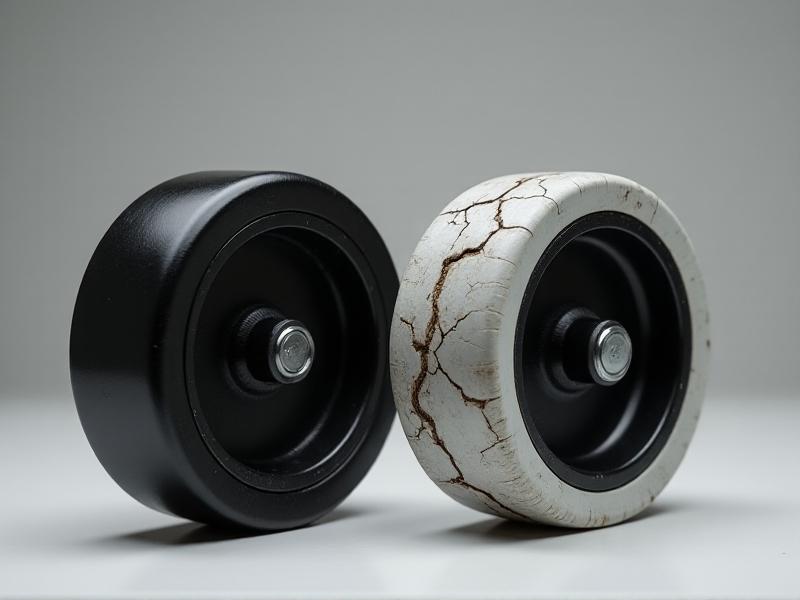
Step-by-Step Process for Idler Wheel Rubber Reconditioning
The reconditioning process begins with inspection: identifying cracks, hardness, and contamination. Next, the rubber surface is cleaned using solvents or mechanical methods to remove grease, oil, or debris. Damaged areas are then ground down to expose fresh material, followed by filling cracks with specialized rubber compounds. Curing agents or vulcanizing techniques bond the new material to the existing rubber. Finally, the wheel is balanced and polished to ensure even contact with belts. Advanced methods may involve applying protective coatings to resist future wear. Each step requires precision, as improper treatment can lead to premature failure or imbalance during operation.
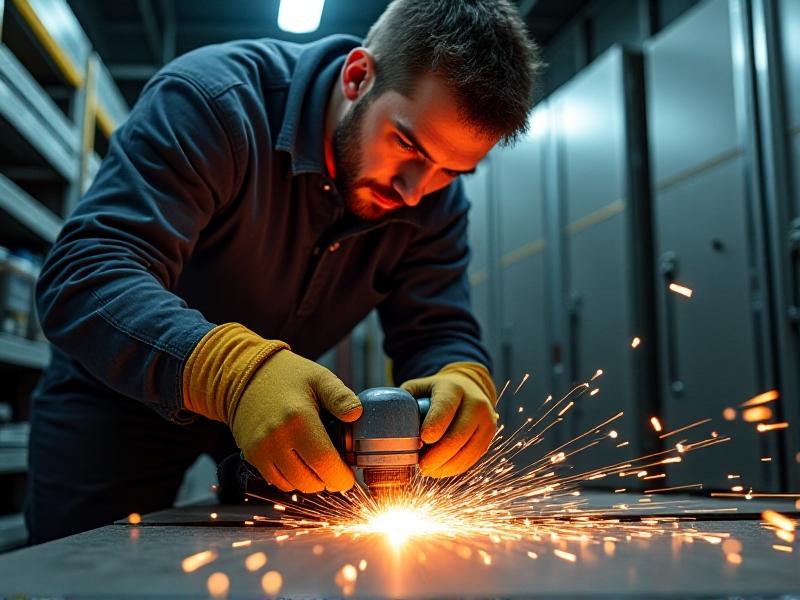
Essential Tools and Materials for Effective Reconditioning
Key tools include grinders for surface preparation, infrared thermometers to monitor curing temperatures, and precision balancers. Materials matter equally: solvent-based cleaners, high-adhesion rubber fillers (like silicone-based compounds), and UV-resistant topcoats are standard. For vulcanization, portable autoclaves or heat blankets ensure even curing. Safety gear—gloves, goggles, and respirators—is non-negotiable when handling chemicals. Emerging innovations include laser-scanned assessments for pinpointing wear patterns and eco-friendly bio-rubber fillers. Investing in quality tools pays off in reduced rework and longer-lasting results.
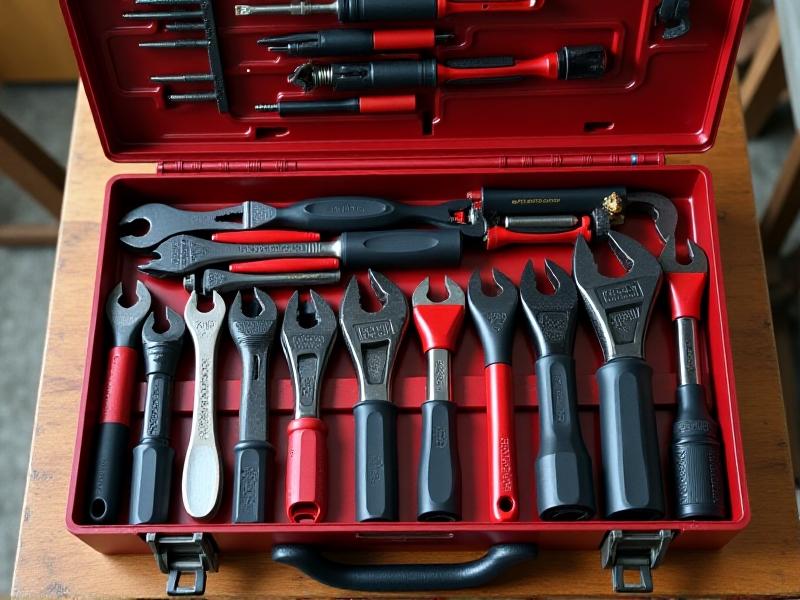
Cost-Benefit Analysis: Reconditioning vs. Replacement
A typical idler wheel replacement costs between $200–$800 per unit, depending on size and material. Reconditioning, by contrast, averages $50–$300 per wheel—a clear upfront saving. Factor in labor for installation: reconditioning often avoids full disassembly, cutting labor hours by 30–50%. Long-term benefits include extended equipment lifespan and reduced inventory needs for spare parts. However, reconditioning isn’t advisable for wheels with structural damage or severe corrosion. Conducting a wear-and-tear audit helps identify which units are candidates for reconditioning versus replacement, optimizing budget allocation.
DIY Reconditioning vs. Professional Services: What’s Right for You?
DIY reconditioning suits small-scale operations with accessible equipment and trained staff. It offers control over timelines and costs. However, professional services bring expertise in handling complex cases—such as wheels with embedded sensors or custom profiles—and access to industrial-grade materials. Professionals also provide warranties, which DIY projects lack. For facilities without in-house maintenance teams, hybrid models (e.g., on-site contractor partnerships) balance cost and quality. Evaluate factors like workforce skill level, equipment criticality, and available downtime windows before deciding.
Future Trends in Rubber Maintenance and Idler Wheel Innovation
Emerging technologies are reshaping rubber maintenance. Self-healing polymers, which repair minor cracks autonomously, are entering trials. IoT-enabled idler wheels with embedded sensors can now transmit real-time wear data, enabling predictive maintenance. Environmentally, biodegradable rubber compounds reduce ecological footprints. Meanwhile, 3D printing allows for on-demand replacement of custom rubber profiles. As industries prioritize efficiency and sustainability, these innovations will make reconditioning faster, smarter, and more integrated into holistic equipment management strategies.
